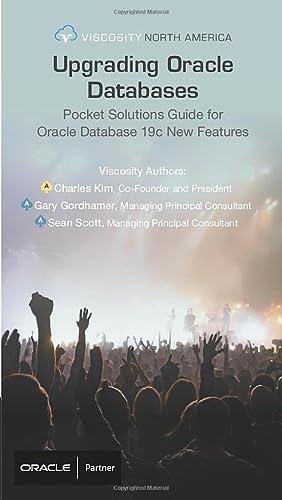Question
Abstract This is the first in a series of projects that will involve sorting a large amount of data. In this first phase, you will
Abstract This is the first in a series of projects that will involve sorting a large amount of data. In this first phase, you will write a simple C program to sort a list of records of movies from imdb alphabetically by the data in a given column. All projects will be done in groups. Group signups will go out later this week. One submission per group. Introduction The input file will be a CSV or comma-separated value file, which is a simple way to represent a database table. In a CSV file each line is one record (or row). Commas are separators that denote different types of values per record (columns). Very often the first record (row) of a CSV is a list of value types (column headings): food,calories,fat soup,200,12 pie,500,25 celery,-10,0 Your code will be given a CSV as well as a value type (column heading) to sort on. Your code will then need to read in the CSV, sort it on the given value type and output the sorted version of the CSV. Sorting the CSV above on the 'food' value type: food,calories,fat celery,-10,0 pie,500,25 soup,200,12 Sorting the CSV above on the 'calories' value type: food,calories,fat celery,-10,0 soup,200,12 pie,500,25 Methodology a. Parameters Your code will read the records through
Step by Step Solution
There are 3 Steps involved in it
Step: 1

Get Instant Access to Expert-Tailored Solutions
See step-by-step solutions with expert insights and AI powered tools for academic success
Step: 2

Step: 3

Ace Your Homework with AI
Get the answers you need in no time with our AI-driven, step-by-step assistance
Get Started


